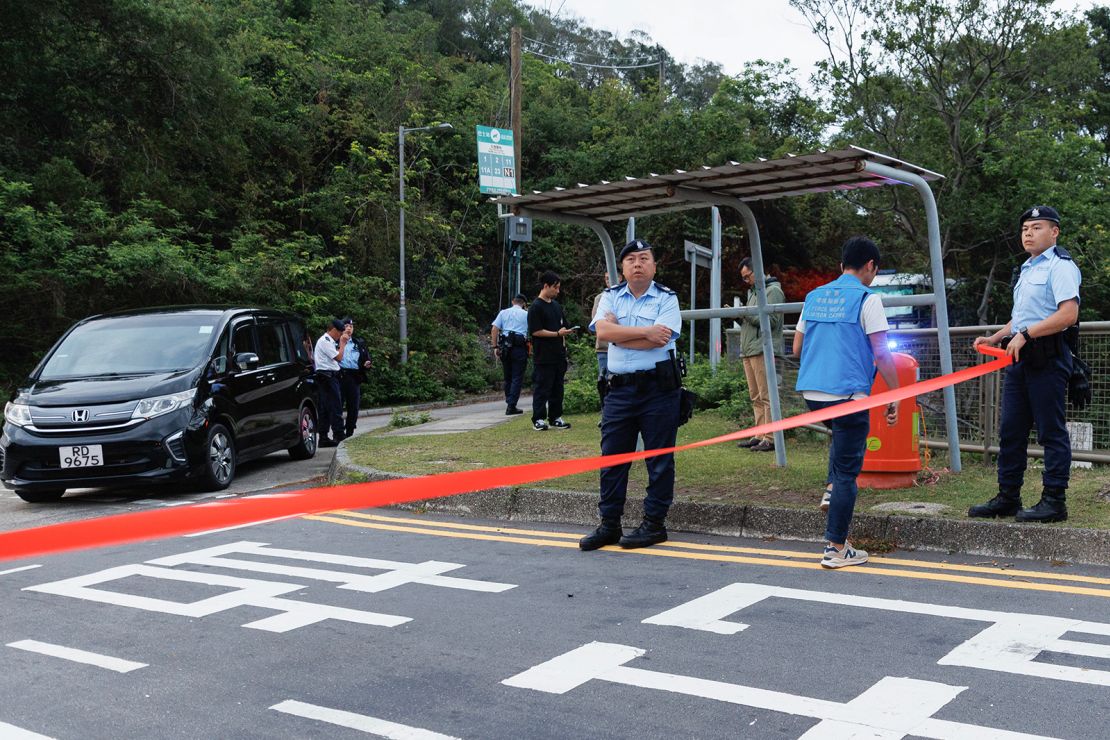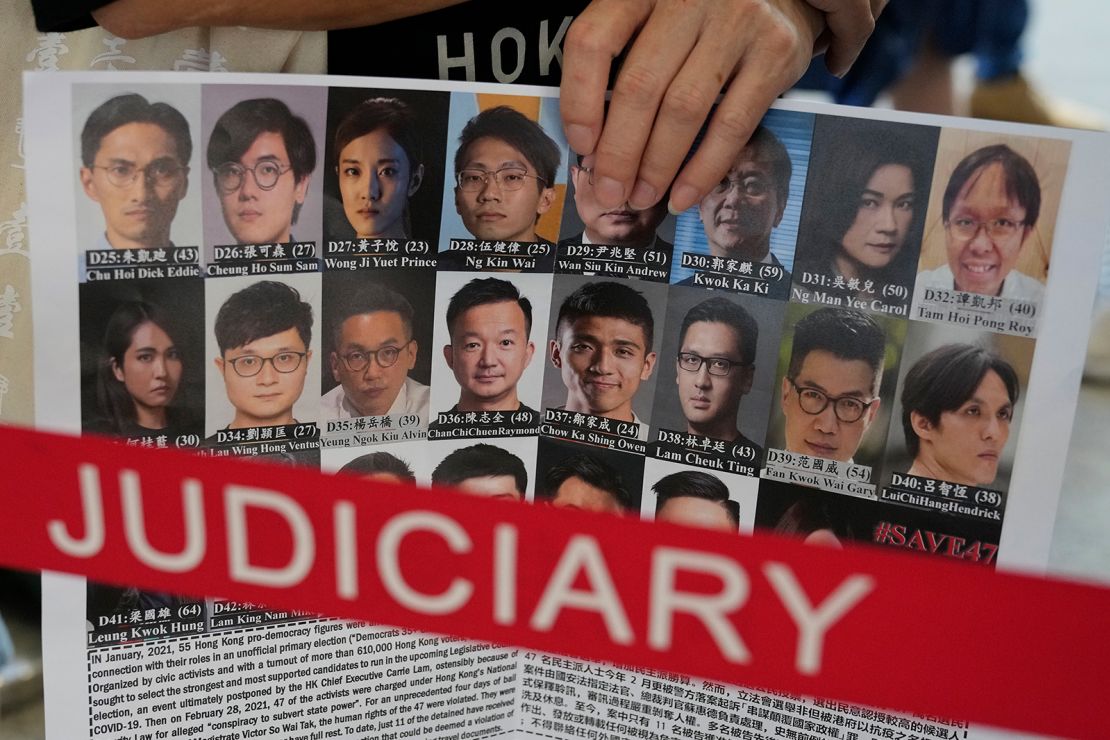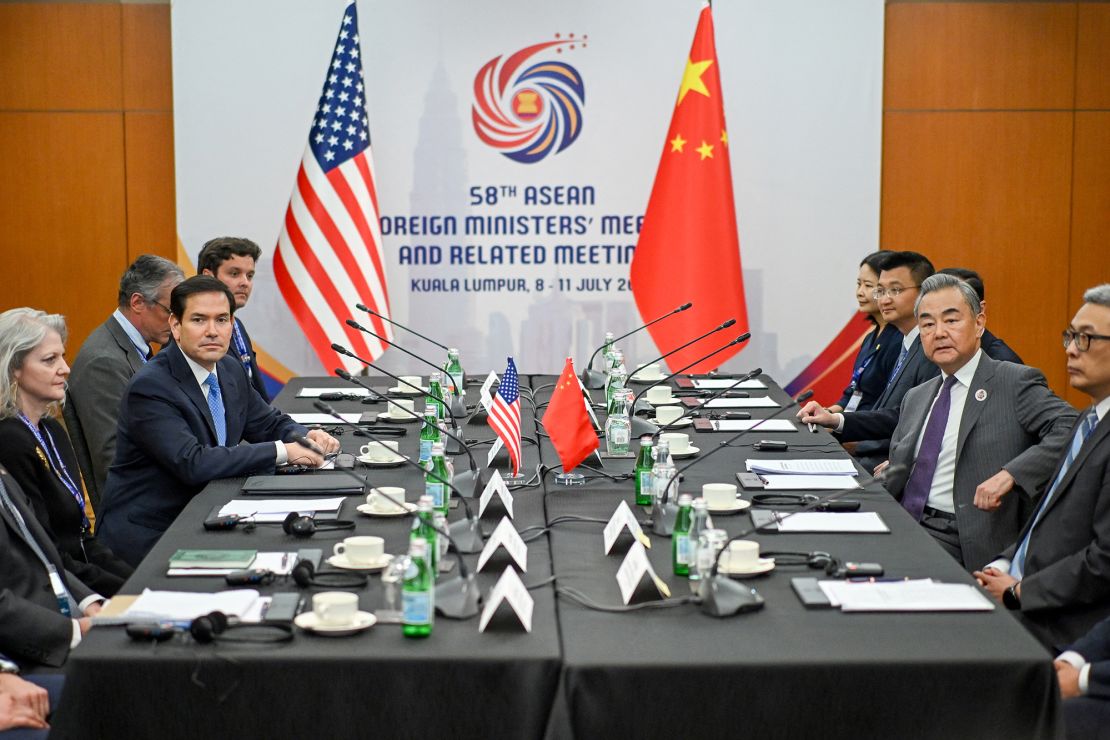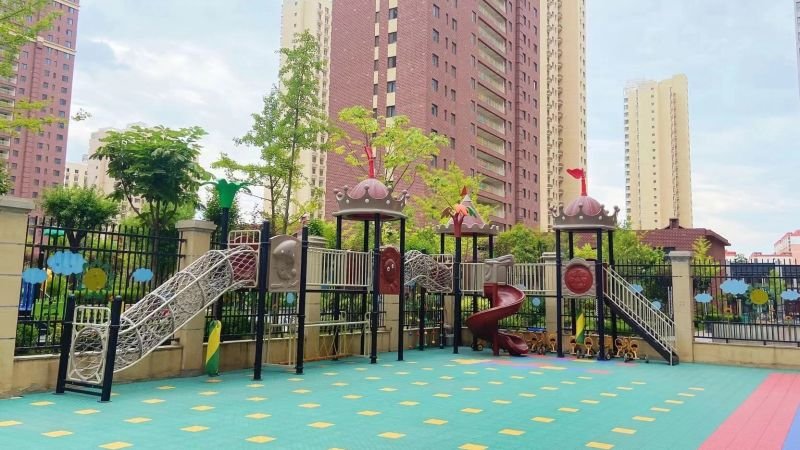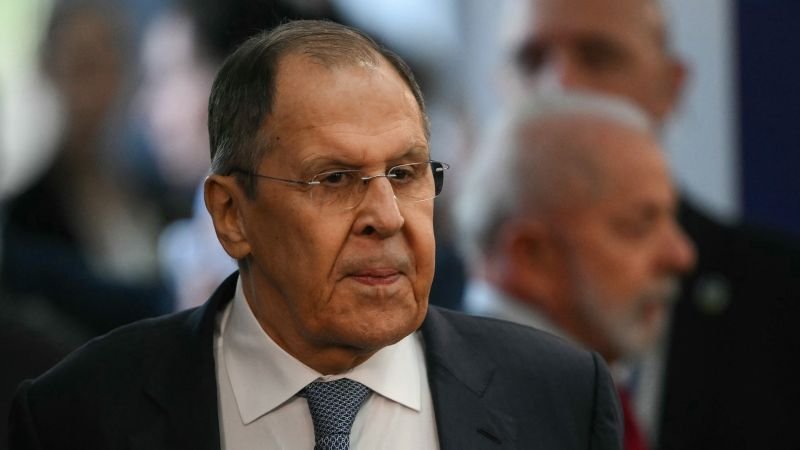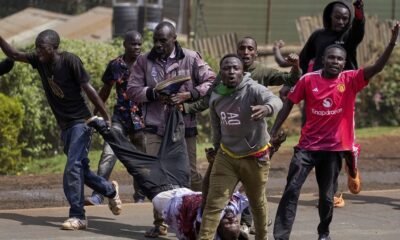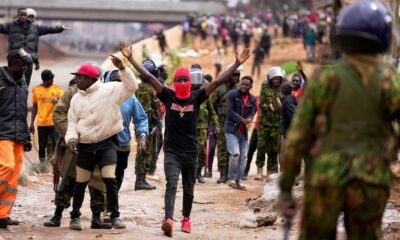Hong Kong
CNN
—
A case in which more than 200 kindergarten students in northwestern China were found to have abnormal blood lead levels is revealing a deep distrust in local government, as members of the public question the findings of an official investigation.
Authorities in the city of Tianshui in China’s Gansu province earlier this week said eight people, including the principal of the Heshi Peixin Kindergarten, had been detained after an investigation found 233 students had been exposed to lead after school kitchen staff used inedible paint containing the toxic substance as food coloring.
The case initially generated new outrage in a country long plagued by food and environmental safety scandals.
But in the days since it has also become a lightning rod for public mistrust of official handling of such cases, in a system where there are few independent checks and officials are under pressure to resolve issues quickly.
Among the most glaring examples is the start of the Covid-19 pandemic in central China’s Wuhan, when local authorities detained supposed “rumormongers” who had tried to warn of the spread of a virus in the city as officials downplayed the outbreak.
On social media, many are questioning the credibility of the government report and aspects of the state media coverage. Some discussion appears to have been censored online in China’s tightly controlled media environment, though other articles exploring the situation remain active.
One mother in the city, whose child does not attend the school that’s been at the center of the official investigation, described to CNN mistrust among local families about the government’s findings.
“All the parents think (food is not the actual source of the lead poisoning). But we don’t know the exact reasons … how are we supposed to know anything?” the mother, who declined to be identified due to concerns about local government retaliation, told CNN in a phone interview.
“Ordinary folks like us probably have no clue – only the government knows what’s really going on,” she said.
CNN has repeatedly tried to contact the Tianshui government for comment and has also reached out to China’s State Council Information Office by fax. The government in its Tuesday report said the investigation was on-going and that officials from the National Health Commission and other central government departments had helped with the probe.
Among key concerns raised in online discussion are what reports suggest are serious discrepancies between the results of blood tests conducted in Tianshui and those that came back from hospitals in Xi’an, a city in a neighboring province, where some parents took their children to be tested. The Tianshui test results were never publicly disclosed.
One mother of a student at the kindergarten said a local department in Tianshui told her the blood levels of her child were normal, but a hospital in Xi’an later found her child’s blood lead levels were 528 micrograms per liter, according to a report published by China National Radio (CNR). China’s official guidelines classify this as “severe lead poisoning.”
Reports from state-affiliated media found that 70 children who were tested in Xi’an had blood lead levels surpassing the threshold of lead poisoning, with six of those cases exceeding 450 micrograms per liter. A full picture of the results from all the students with abnormal levels was not publicly available.
In the investigation report, local authorities said they had conducted sampling investigations at the kindergarten and three affiliated schools and tested food samples, water, outdoor soil and other supplies and equipment. Two food samples – of cake and a corn roll – at the kindergarten, were found to have lead levels more than 2,000 times the national food safety standard for contamination.
But that didn’t quell questions. “The children only eat three-color jujube steamed cake and corn sausage rolls once or twice a week, how could they be poisoned so seriously?” one mother, who gave her surname Wu, told CNR.
Independent blogs online looking into the case have garnered tens of thousands of views. Some discussion appears to have been censored online in China’s tightly controlled media environment, though other articles exploring the situation remain active.
Some of these accounts raised questions including about why the school, which authorities said used the paint to “attract more enrollment and increase revenue,” wouldn’t have just used simple food coloring, which ecommerce sites show is generally cheaper than industrial pigment.
Others raised questions about the credibility of an edited closed-circuit video released by state media alleging to show use of the coloring in the kindergarten’s kitchen.
Local concerns were also fueled by memory of a 2006 lead poisoning scandal in the same district of Tianshui. Then, over 200 villagers were found to have high levels of lead in their blood during tests conducted outside Tianshui city, according to a state media commentary on the incident published at the time. The source of that lead poisoning case was never officially disclosed.
The current case has caught the attention of prominent figures in China’s online ecosystem, including Hu Xijin, former editor-in-chief of state-affiliated media outlet Global Times.
“Questions about environmental pollution are valid, but those raising such concerns need to maintain objectivity in their analysis and should not treat these associative doubts as urgent alarms to spread in society,” Hu wrote on China’s X-like social media platform Weibo on Wednesday.
But, he also added it was “key for authorities providing ample information to strengthen public trust.”
Professor Stuart Khan, head of the University of Sydney’s School of Civil Engineering, told CNN that blood lead level concentrations as high as those cited by state media reports about this case would “typically require regular exposure for several weeks to months, unless there is a very acute poisoning episode” and that levels can rise progressively with “continuous environmental exposure.”
Potential sources of contamination, such as food, soil or water, could be ruled out by conducting assessments in the broader community and family members of the children to identify who is predominately affected, said Khan, who is not involved in this case.
Lead poisoning used to be a more widespread issue in China. In 2010, the central government for the first time allocated special funds for heavy metal pollution prevention in response to at least 12 high-profile cases the previous year that left more than 4,000 people with elevated blood lead levels, according to state media.
